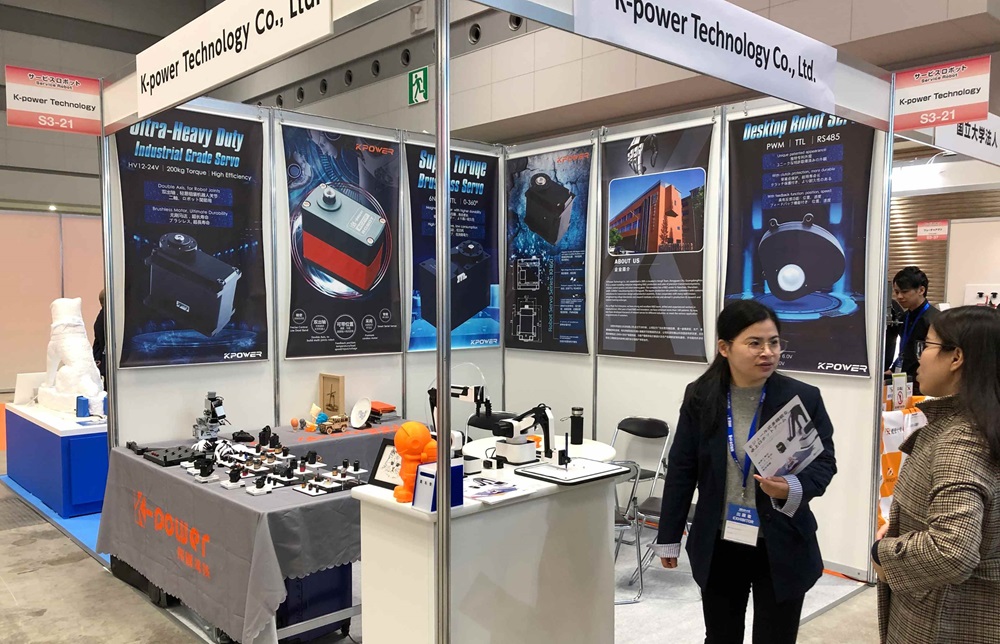Imagine you're standing in a workshop filled with sleek robotic arms—each one different, each with its own personality. Among the choices, deciding whether to go with joint or linear motion might seem like splitting hairs, but it's really about picking the right tool for your next big project. Think of joint motion as the graceful dancer, twisting and turning with each joint moving independently, mimicking the range of human motion. Linear motion, on the other hand, is like a train on track—straightforward, precise, and unstoppable in heading from point A to point B with no detours.

Why does this matter? Well, joint motion robots excel when the task demands flexibility. They're perfect for assembling complex components or handling intricate tasks where every movement matters. Their ability to contour around obstacles makes them versatile. But linear motion robots shine when straight lines and accuracy take center stage—like painting, laser cutting, or packaging. Their path is clear, predictable, and consistent, making sure operations run smoothly without surprises.
Here's a question that comes up often: can they be combined? Absolutely. Some setups integrate joint and linear movements to craft a hybrid system that gets the best of both worlds. Imagine a robotic arm that reaches out to pick a fragile object (joint motion) and then slides it precisely into place (linear motion). It’s like the Swiss Army knife of automation—adaptive and efficient.
When choosing between the two, consider the environment: tight spaces might favor joint motion, thanks to its maneuverability. In contrast, tasks requiring high repeatability, like assembly lines, benefit from the predictability of linear movement. It’s not just about what the robot can do, but how it fits into the workflow.
People often wonder about speed—does joint or linear motion move faster? It depends. For rapid, repetitive tasks, linear motion usually has the edge thanks to its direct path. But for a nuanced, multi-angle task with lots of repositioning, joint motion provides the agility needed.
Some folks ask, “Will my operation be cost-effective with these options?” The answer isn’t black and white. It boils down to your specific needs. Joint motion might demand more complex control systems, but the payoff is unmatched flexibility. Linear motion could be less complex and more reliable when precision is king, which often translates into savings over time.
In wrapping this up, think tactile—visualize what you need. Are you after something that can dance around obstacles and handle complex poses? Joint motion might be your guy. Or do you need a machine that’s laser-focused on moving straight and true, with repeatability that’s Jedi-level? That’s linear motion territory.
It’s not about which is better—it's about which matches the challenge ahead. Because, when you really look beneath the surface, both have their place. And knowing which to pick is more of an art than a science.
Kpower has delivered professional drive system solutions to over 500 enterprise clients globally with products covering various fields such as Smart Home Systems, Automatic Electronics, Robotics, Precision Agriculture, Drones, and Industrial Automation.




































